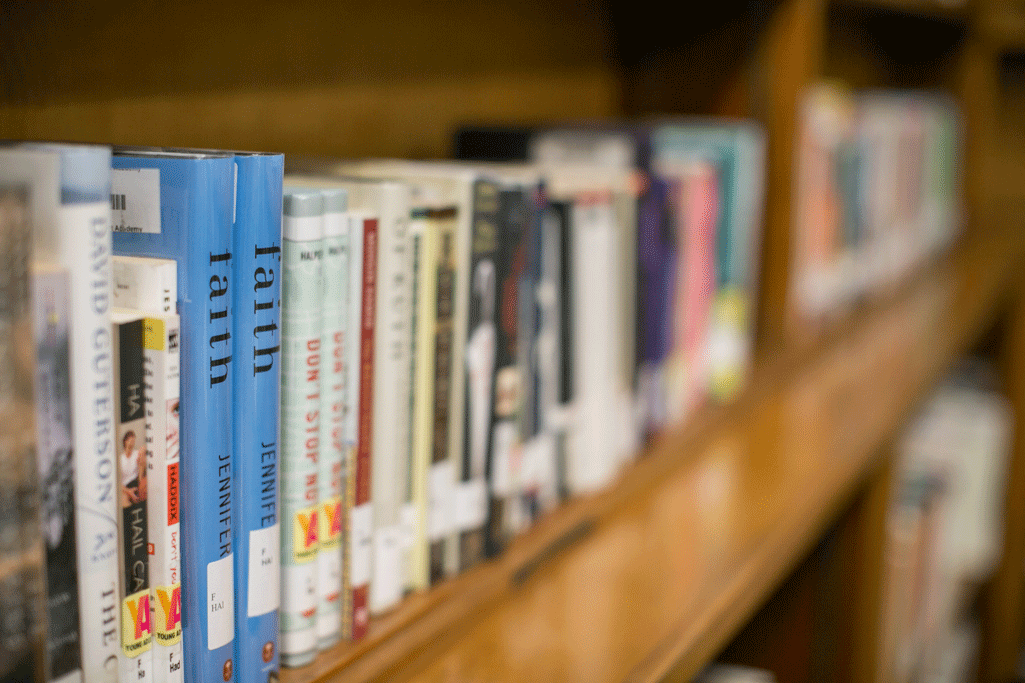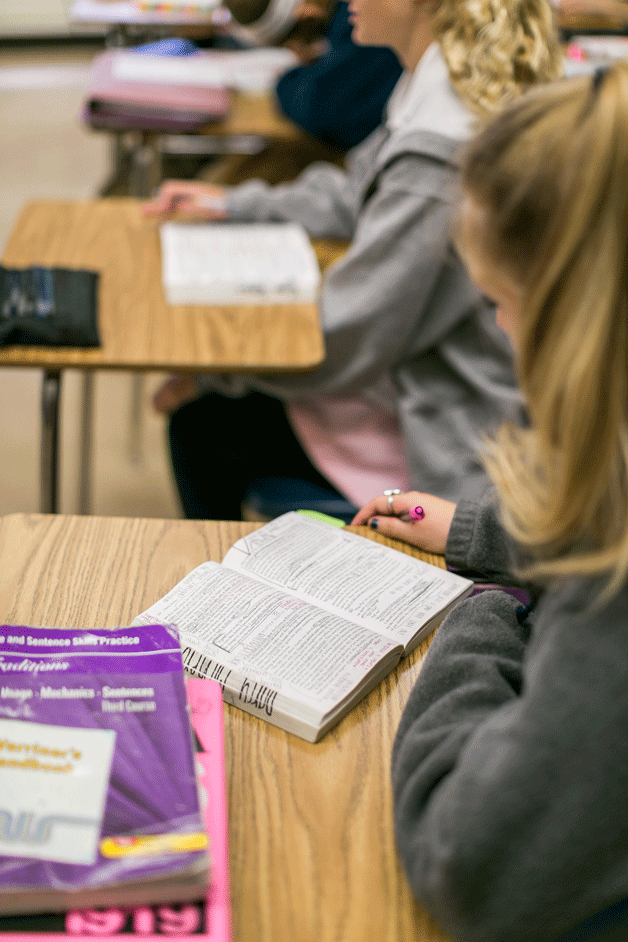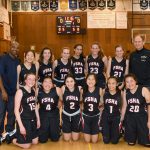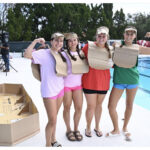This weekend I took my nine-year old niece to the Central Library in Los Angeles. She needed sources for a research report on the Great Wall of China. I was relieved to see that the assignment was decently constructed, though perhaps a bit out of date (the bibliography page showed a formula for a CD-Rom). Her teacher asked her to select three sources, take notes on her topic, create a bibliography, and write a short report. She was given a note-taking template and guiding questions, as well as a guide to how her work would be scored. Not bad for elementary school, and much better than some others I’ve seen that make no mention of a bibliography at all.
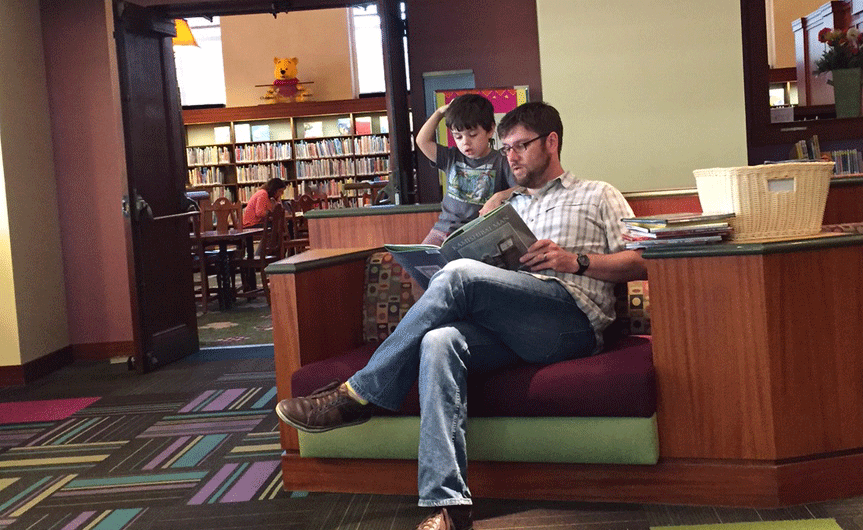
Where’s the Emphasis on Reading?
Still, a few critical elements were missing. First, how was she to know what kinds of sources to use? Her internet searches yielded kid-friendly, generalist sites on world cultures. Could be better, could be worse, but this does assume that someone in her family can help her select sources, use the internet, go to a library. I’m not sure this is a fair assumption. Second, there was no emphasis on reading in the assignment description. The directions go from ‘find sources’ to ‘take notes’ to ‘write report.’ At what point is she to slow down, sit quietly and read the sources she’s selected. Since it is not a step specifically described in the instructions, is she (or her parent) expected to know that this is the most important part of the process? Is that so obvious that it needs no mention? This is so common I could scream.
The lack of time for slow, careful reading, however, is probably both the biggest obstacle [to meaningful research] and the least accommodated one. It requires time, and specifically time that looks like it’s unproductive because there is no tangible product that results from simply reading.
There are many, many obstacles to doing good, meaningful research. I could spend my entire career addressing any one of them in isolation. The lack of time for slow, careful reading, however, is probably both the biggest obstacle and the least accommodated one. It requires time, and specifically time that looks like it’s unproductive because there is no tangible product that results from simply reading. Yes, later there are notes. Yes, later there is a paper. In the immediate aftermath of reading, though, there is just thought. Pondering. Contemplating. Speculating. Pondering doesn’t look like anything, so we skip over it when we list the instructions for our students. We tell them which products will be graded, but perhaps not that those products cannot exist without first just reading and pondering.
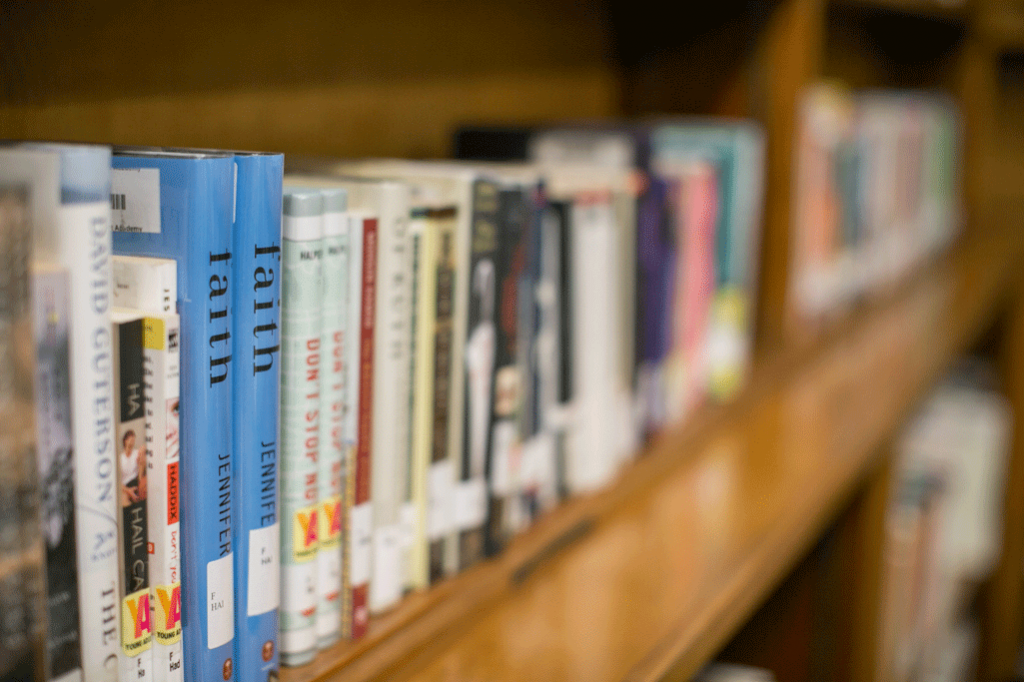
How Thorough Reading Can Positively Impact Research
After my niece and I located the books on China and selected four to check out, she identified one as the ‘best’ source for her project. She was right; it was a killer source. She was instantly hooked by the slim, dramatically illustrated book on the gruesome reality of the laborers who built the wall. When we got home I suggested she just hunker down on the sofa and read it, cover to cover, without stopping to take notes. She agreed that this made perfect sense (why and when do we as a culture beat this out of them?) and finished the book in less than an hour. We chatted about how sad and brutal it really was, as we squeezed fresh orange juice in the kitchen. She told me how the slaves were ruled by fear, how their punishments were executed (literally), and that girl slaves were in high demand (an issue we tackled gently). After we talked about it for fifteen or twenty minutes, she went back to her note taking document and easily completed it by memory, referring to the text only for correct spelling. When she was done, she looked up and said, “I have all the information I need, and a lot that I technically don’t need. Maybe I’ll create a fun facts section of my report.”
This is something I rarely see high school students do … We’ve successfully sent the message that sustained reading and pondering is not, in itself, an accomplishment.
Imagine! She learned more than what was required and found it interesting, fascinating even! All because she took the time to read and ponder instead of the classic ‘hunt and pick’ for information.
This is something I rarely see high school students do. They don’t have time. They have too much to finish, to produce, to accomplish. We’ve successfully sent the message that sustained reading and pondering is not, in itself, an accomplishment. When did this happen? Sometime after fourth grade, if my niece is a representative example. Ninth graders show some glimmer of this younger, more willing, less pressured way of learning, so perhaps it is with the start of high school that the practice of slow reading begins to decline. Isn’t that strange? The texts we ask these students to read are so much more complex, one would think they’d need more time, not less, to quietly read and ponder. Are we collectively (high schools, colleges, the world at large) really so obsessed with product that we’re willing to overlook what it takes to make those products truly great?
How do we change a producing culture into a pondering culture?
To be perfectly honest, I’ve stumped myself. I’ve been sitting on this question for a week and I still don’t have any easy answers. One thing that comes to mind is that we should all read the book “How To Raise an Adult“ by Julie Lythcott-Haims. She was (is?) a dean of freshmen at Stanford who noticed her young college students were struggling to fend for themselves, academically and personally. She claims that more and more college students require the help of parents and other adults to solve the most basic problems, like what to do if your card doesn’t swipe in the cafeteria, and this may be the result of too much attention placed on outcome and not enough placed on how those outcomes are achieved. While Lythcott-Haims’ concern is focused on the college-prep process itself (and the parenting trends associated with it), it seems connected to mine. When kids are never left to their own devices, intellectually speaking, it becomes much harder for them to ask questions and solve problems. When we always explain exactly what to do and how to do it, are we doing them a favor or a disservice?
When kids are never left to their own devices, intellectually speaking, it becomes much harder for them to ask questions and solve problems. When we always explain exactly what to do and how to do it, are we doing them a favor or a disservice?
Back to my niece. She received no instruction from me other than “sit quietly and read the book; everything else can wait.” I didn’t even tell her what to look for in the book (which might have been a good idea, though she didn’t end up needing that support). She made those decisions on her own as she read and pondered. What was significant? What connected to her prior knowledge? What surprised her? As we made orange juice together and talked it over, I nudged her with questions like these and others. And that was it. She learned, she became engaged, she posed challenging questions, and she saw opportunities to expand on what she was being asked to do. And the only physical product was orange juice.
I don’t know (yet) how to effectively shift from producing to pondering, or what the correct balance of the two might be. I know that both process and product matter. I know that we sometimes forget to remind students that just thinking about it is a critical part of the assignment. I know that when they have time and space to ponder, the results (and the products) are better.

